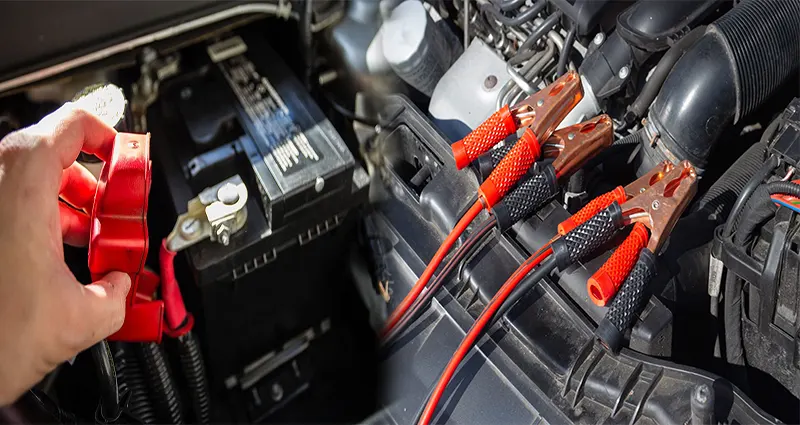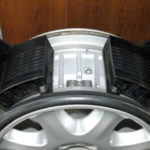Electric vehicles have gained immense popularity in recent years due to their environmentally friendly nature and cost-effective operation. One crucial component of an electric car is its battery, and diagnosing any problems with the battery is essential to ensure optimal performance and longevity. Here are some key steps on how to diagnose battery problems in electric cars:
Step 1: Check for Dashboard Warnings
One of the first signs of a potential battery issue in an electric car is the appearance of dashboard warning lights or error messages related to the battery system. These warnings may include indicators such as a low battery symbol, a check engine light, or a message indicating battery malfunction. If any of these warnings appear, it is important to address them promptly to prevent further damage to the battery.
Step 2: Monitor Driving Range
Another way to diagnose battery problems in an electric car is to monitor the driving range of the vehicle. If you notice a significant decrease in the vehicle’s range on a full charge or if the range fluctuates unexpectedly, it could indicate a battery issue. Keeping track of the mileage and range of the electric car can help identify any abnormalities in the battery performance.
Step 3: Conduct a Battery Health Check
Many electric vehicles come equipped with built-in diagnostics that allow users to check the health and status of the battery. These diagnostic tools can provide valuable information on the battery’s charge level, voltage, temperature, and overall performance. Running a diagnostic test on the battery system can help identify any underlying issues that may be affecting its efficiency.
Step 4: Inspect Charging Equipment
In some cases, battery problems in electric cars may be caused by issues with the charging equipment rather than the battery itself. Inspecting the charging cable, connectors, and charging port for any signs of damage, corrosion, or loose connections is essential. Ensure that the charging equipment is functioning properly and that the battery is receiving the correct voltage and current during charging.
Step 5: Consult a Professional
If you are unable to diagnose the battery problems in your electric car using the aforementioned steps, it is recommended to consult a professional electric vehicle technician or the vehicle manufacturer’s service center. These experts have the knowledge and tools to conduct a thorough inspection of the battery system and identify any underlying issues that may require repair or replacement.
Proper maintenance and regular inspection of the battery system are crucial to ensuring the longevity and efficiency of an electric car. By following these steps to diagnose battery problems in electric cars, owners can address any issues promptly and prevent potential damage to the battery. Understanding the signs of battery problems and knowing how to troubleshoot them can help electric vehicle owners enjoy a smooth and reliable driving experience.











